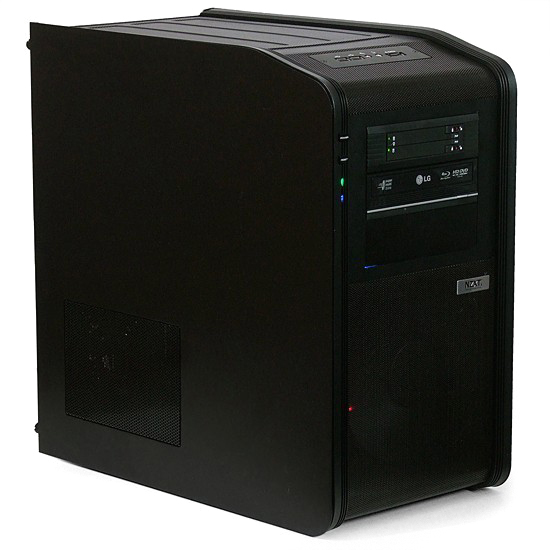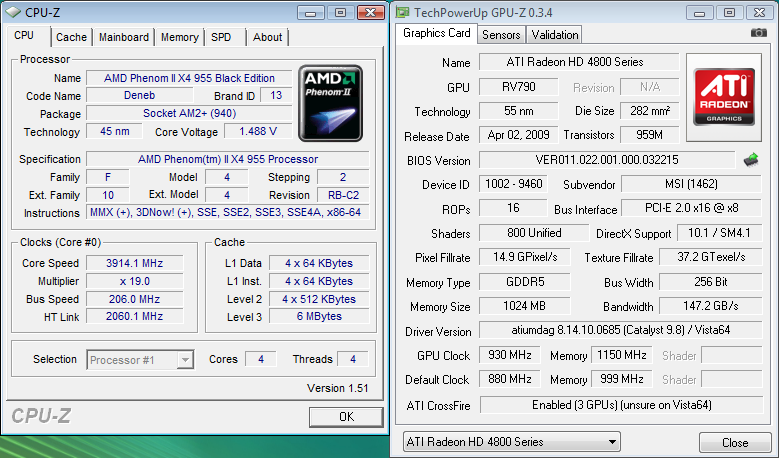System Builder Marathon, Sept. '09: $2,500 Performance PC
Overclocking
Following component installation and a full battery of benchmarks, it was time to find out just how far our hand-picked system could be pushed.
As with motherboard, DRAM, and drive selection, we used knowledge gained from previous articles to make our BIOS settings easier. Because of its same-model processor, we were able to use the settings from our Phenom II X4 955 Overclocking Guide as a baseline, moving up from there as the better cooling of our system permitted.
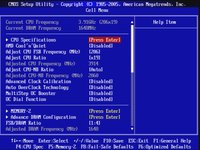
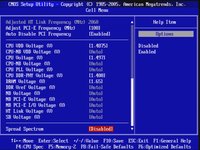
A slight bump in voltage compared to our previous overclock allowed us to reach 3.91 GHz, compared to the earlier article’s 3.86 GHz. A difference of around 0.05 GHz would hardly be worth the expense of liquid cooling, and we further had to put all the fans on high to get here.
Those wondering why we didn’t simply choose 19.5 x 200 MHz, rather than 19 x 206 MHz, to reach 3.9 GHz must be warned that this MSI motherboard doesn’t have an actual 200 MHz setting. Instead, the board sets 201 MHz when 200 MHz is selected, taking the overclock to 3.92 GHz, and those few extra megahertz were enough to destabilize the system under long-duration stress testing. We’d rather suggest that readers go back to our original overclocking guide’s 3.80 GHz and 1.45V core for this particular build, since it noticeably reduces energy, heat, and noise.
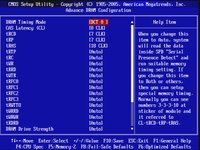
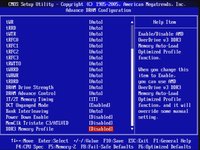
Our Crucial DDR3-1333 CAS 9 supported the same relatively-tight timings at DDR3-1648 on this AMD platform as it had at DDR3-1600 in its original Core i7-based test. Notions about AMD requiring different memory to yield similar results can rightly be dismissed.
Almost as impressive as the CPU and memory overclock are the GPU and graphics RAM speeds. The video card we chose was pre-packaged at an overclocked 880 MHz GPU and GDDR5-3996 (up from the reference spec 850 MHz/GDDR5-3800), and we pushed it to 930 MHz GPU and GDDR5-4600. As impressive as these numbers might sound, they’re not big percentage-wise and we’d be happy to see them return at a 10% performance improvement.
Get Tom's Hardware's best news and in-depth reviews, straight to your inbox.
-
The Quality of video on ATI streem is shit on sticks and doesn't even support high profile.Reply
The last build was a bit too odd for me but this one seems like a very nice chose of parts and on a larger screen set up makes a lot of sense the loss of i7 for AMD only build was a bit sad but the addition of those great SSD kind of makes up for me along with the nice chose of case and cooling. That case looks like it is very nice to work on. -
dirtmountain The Corsair CMPSU-850HX is rated Silver, not Gold. Nice build, good results, great work.Reply -
@DirtmanReply
http://www.80plus.org/manu/psu/psu_detail.aspx?id=25&type=2
Check your sources because you have it wrong
CMPSU-850HX ATX12V 850 90.38% Gold -
dirtmountain http://www.newegg.com/Product/Product.aspx?Item=N82E16817139011Reply
Newegg says differently. I did check sources. -
dirtmountain So does JonnyguruReply
http://www.jonnyguru.com/modules.php?name=NDReviews&op=Story2&reid=153
I guess you just can't believe everything you find on a brands site. -
WINTERLORD now that is one slick gaming machine! could'nt imagine them frames rates on a big monitor. love the insides water cooling 3 radeon 4890's with room for a 4th. great pictures by the way lots of eye candy. you can tell alot of work went into tis kmonster. great article.Reply

